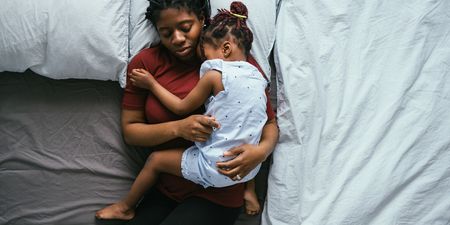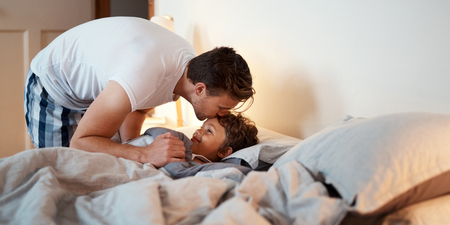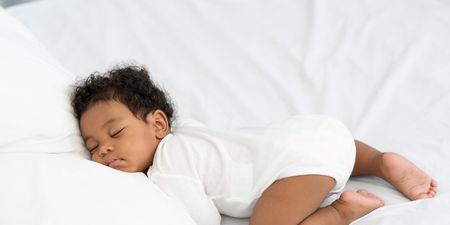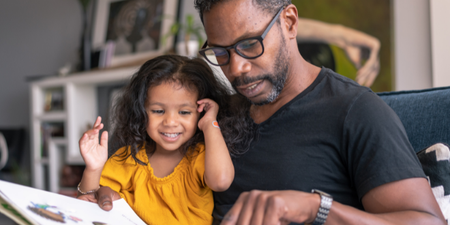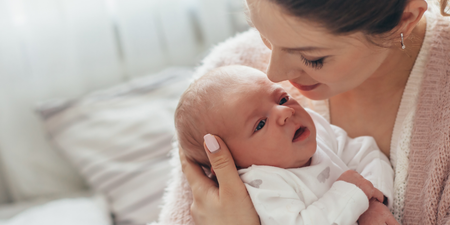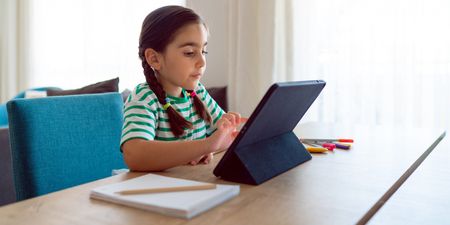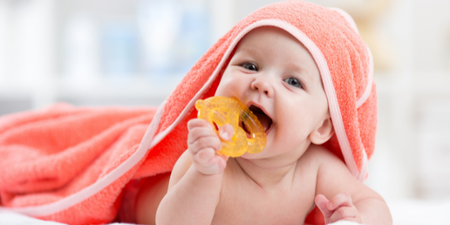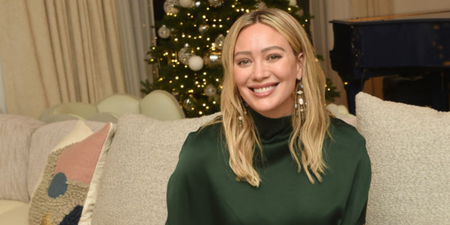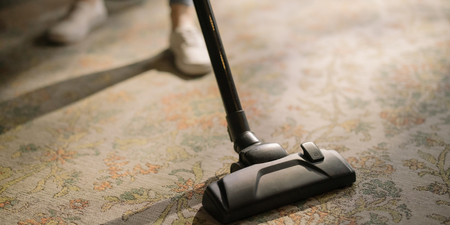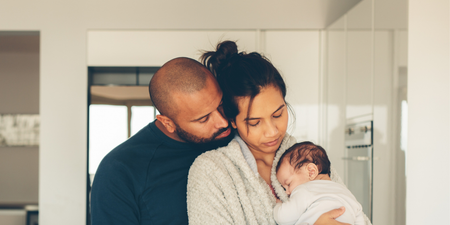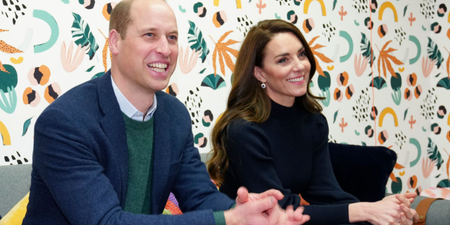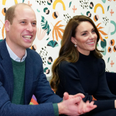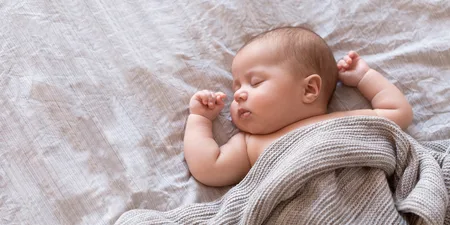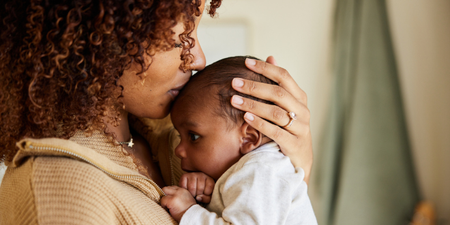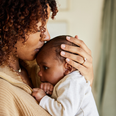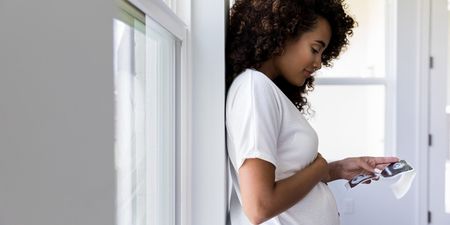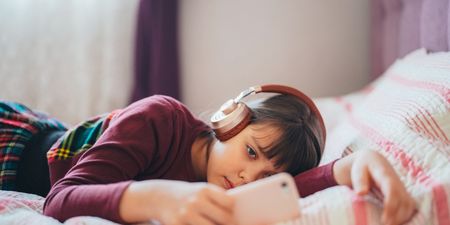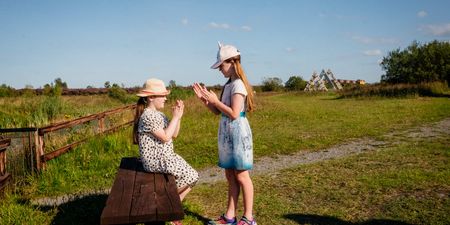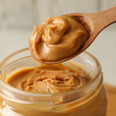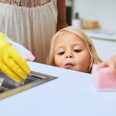Don’t underestimate the power of the bedtime routine; a predictable sequence of events that happen in the same order, at around the same time and in the same place every night. It is that simple, says Lucy Wolfe.
The premise of the bedtime routine is to bridge the gap between wakefulness and time for sleep and I suggest that you not only do this at bedtime, but for nap time as well. When you have an order of events at bedtime and follow the same procedure every night, it is a great sleep cue for your child – ‘this is what happens to me when it is time for sleep’.
If the routine happens in the bedroom, where your child will sleep, this helps them to have positive associations with sleep and the room that they sleep in, which is very important. Sleep is a big
separation and you want your child to feel safe and secure as they are drifting off. Spending 20–30 minutes of your time alone with them in their bedroom, relaxing them for sleep, will help to bridge
this gap – and it can be an enjoyable time for both child and parent.
Lucy Says…
Everything you do during your routine should be in a dim light, which will help to enhance production of
the sleep hormone melatonin. Quiet, non-stimulating activity, with plenty of eye and physical contact,
will help to regulate the heartbeat and increase production of the relaxing chemical oxytocin; and all
these efforts together will help ease your young child into positive sleep.
Bedtime routines can start at any time from around six weeks of age, and it is never too late to start or to enhance an existing routine! I would advise that you avoid the use of television or electronics.
The perfect bedtime routine
1. Quiet the house an hour before bedtime. Turn off the television/computer. Spend one-to-one time with your child.
2. Finish any feeds in the living room or kitchen, so that you work towards weakening a potential feeding–sleeping association.
3. Consider a soothing bath to round off the day if you have the time. Alternatively, do a quick face wash and teeth brush and then go to your child’s bedroom for the rest of the bedtime sequence.
4. Make sure that the bedtime routine happens in your child’s bedroom to establish a really good connection between their room and sleep.
5. In the bedroom, dim the lights, pull the curtains and consider using white noise in the background, at the volume of a shower, to help regulate your child’s heartbeat and relax them. Turn this off before they are asleep.
6. Consider some baby massage or some relaxing exercises for an older child.
7. Get your child ready for bed: change the nappy, put on the pyjamas and get them into their sleeping bag if you use one.
8. While getting your baby ready for bed, sing a particular song and say the same words over, so that they can learn the words that you say before lights out – ‘Sleep time now, Harry, it’s night night … ’
9. Do some quiet reading or story-time with your child. Encourage them to look at the pictures and modulate your voice so that they are less inclined to want to eat the book. It’s not the words that are important but the melodic way you say them. This quiet, non-stimulating time, with plenty
of contact, can switch them from alert to sleepy.
10. If your child is book-adverse, get creative; do low-impact wooden puzzles, blocks, stacking cups, sorting shapes. What is important is that you are allocating this time in the bedroom, in the dim light, before sleep.
11. Provide a 20–30-minute wind-down. Build a process that you can add to as your child grows up.
12. Have an end to your routine; a certain phrase, turning off the lights or an ‘I love you’ ritual that signals the end of the routine and the start of your child needing to go off to sleep.
13. Then place your child in their cot – relaxed but awake – and use the stay-and-support approach (outlined in Chapter 5) if required. Music, light shows and white noise
White noise
If you are going to use white noise or music it is important that it is used correctly. I generally recommend that you use it only during the bedtime routine and then turn it off. This also applies to light
shows on the ceiling. The brain is very sensitive when going to sleep and can have a subliminal expectation that it should be on all night, which isn’t always practical.
The best option would be white noise over lullaby music, downloaded from the Internet – I like Harvey Karp – and set on repeat for the entire night. This will become a sleep association and as a result will need to travel with you. Your child can be weaned off it whenever you like, by just turning it down and eventually not turning it on.
As with any change you make, it may take time for your child to acclimatise. White noise can be very effective for young babies. You will also see later on in this book that I advise the use of white noise
as distraction too. I would often suggest using white noise if you live in a busy apartment complex or have a noisy neighbour or dog, have an active toddler or are scared a new baby may wake your
toddler.
The white noise acts as a sound barrier and it should be on before sleep begins and should stay on for the duration of the sleep period. You can use it for all sleep periods or just for naps and not for nighttime, or vice versa.
Lucy Says…
If you use white noise or music, it should ideally be turned off before your child goes to sleep, even if it turns itself off anyway within 15–20 minutes. Use only during the bedtime routine and then turn it off, unless you plan to use it all night long.
Lucy Wolfe is a renowned paediatric sleep consultant. Her new book The Baby Sleep Solution published by Gill Books is available in all good bookstores now, priced at €16.99.





